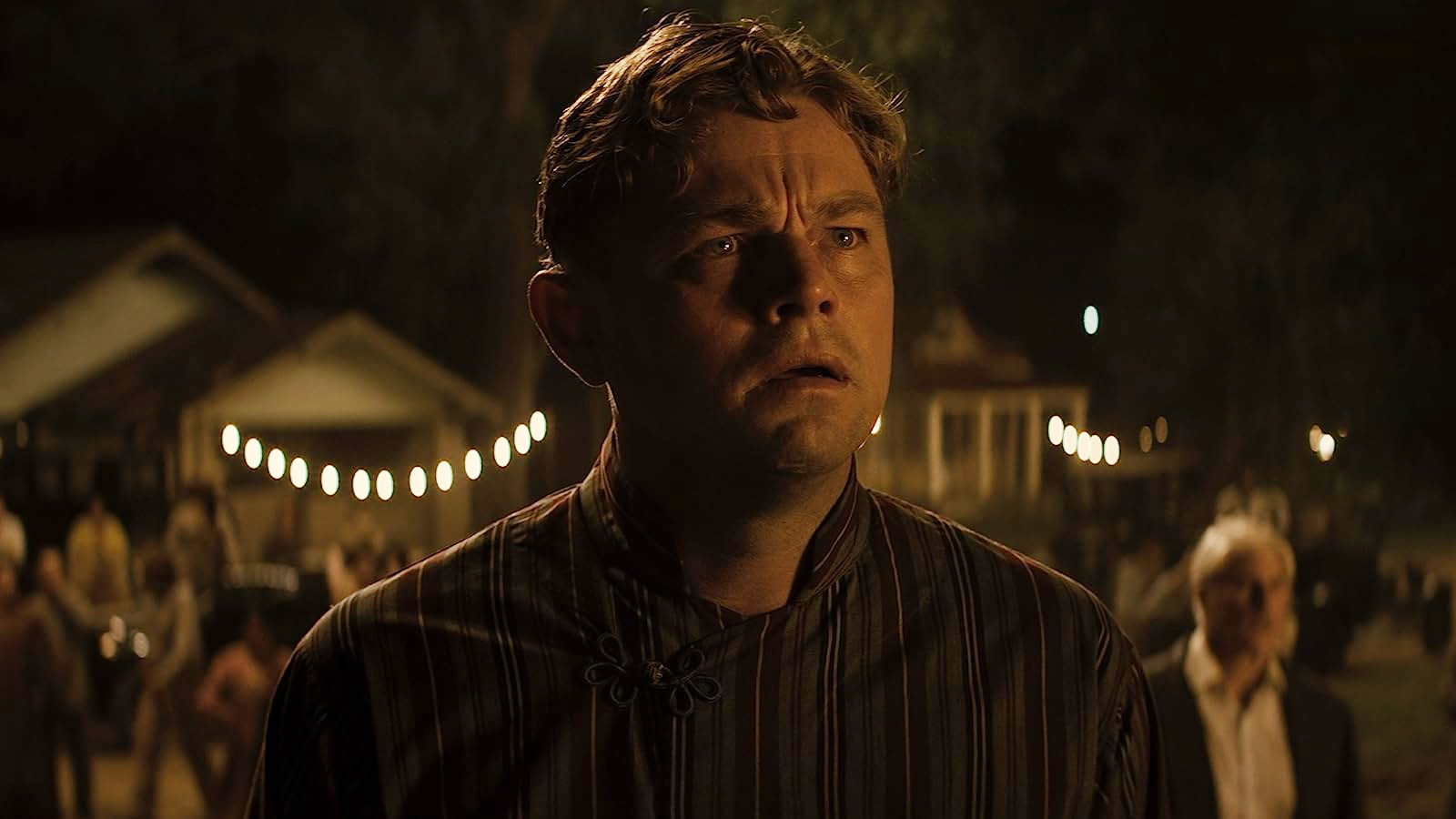
Scorsese likely could have included everything he needed to say in a 90-minute version of “Killers of the Flower Moon.” Indeed, when one wants to start thinking about storytelling efficiency, may I point them to the classic website Angry Alien which condenses famous movies into 30-second snippets using animated rabbits. Entire cinematic stories, it turns out, can often be reduced to mere 30-second retellings. Story is less important to cinema than many pundits might have you believe.
Indeed, to employ another Ebert-ism: “A film is not about what it’s about, but how it’s about it.” The telling is more important than the plot.
Scorsese wants to tell the story, but the focus is on the word “tell,” not “story,” He savors small moments between characters. He takes time to look at vast vistas, to show characters glancing suspiciously at one another, and to give characters moments to interact organically. It’s tragic when certain characters are murdered in “Killers of the Flower Moon,” but Scorsese is wise enough to show them living first, establishing where they fit into a family hierarchy and how they communicate with others. When an Osage woman dies in “Flower Moon,” Scorsese takes the time to assure audiences that this was a grave crime wherein an actual, convivial life has been snuffed out.
And when a criminal agrees to commit a criminal act at the behest of Ernest or Hale, we can see how much they needed to push, to whine, to plead, in order to make it happen. “Killers of the Flower Moon” argues that white supremacy, organized crime, and systematic oppression can’t happen unless callow white dudes spend a lot of time whining about s***.
